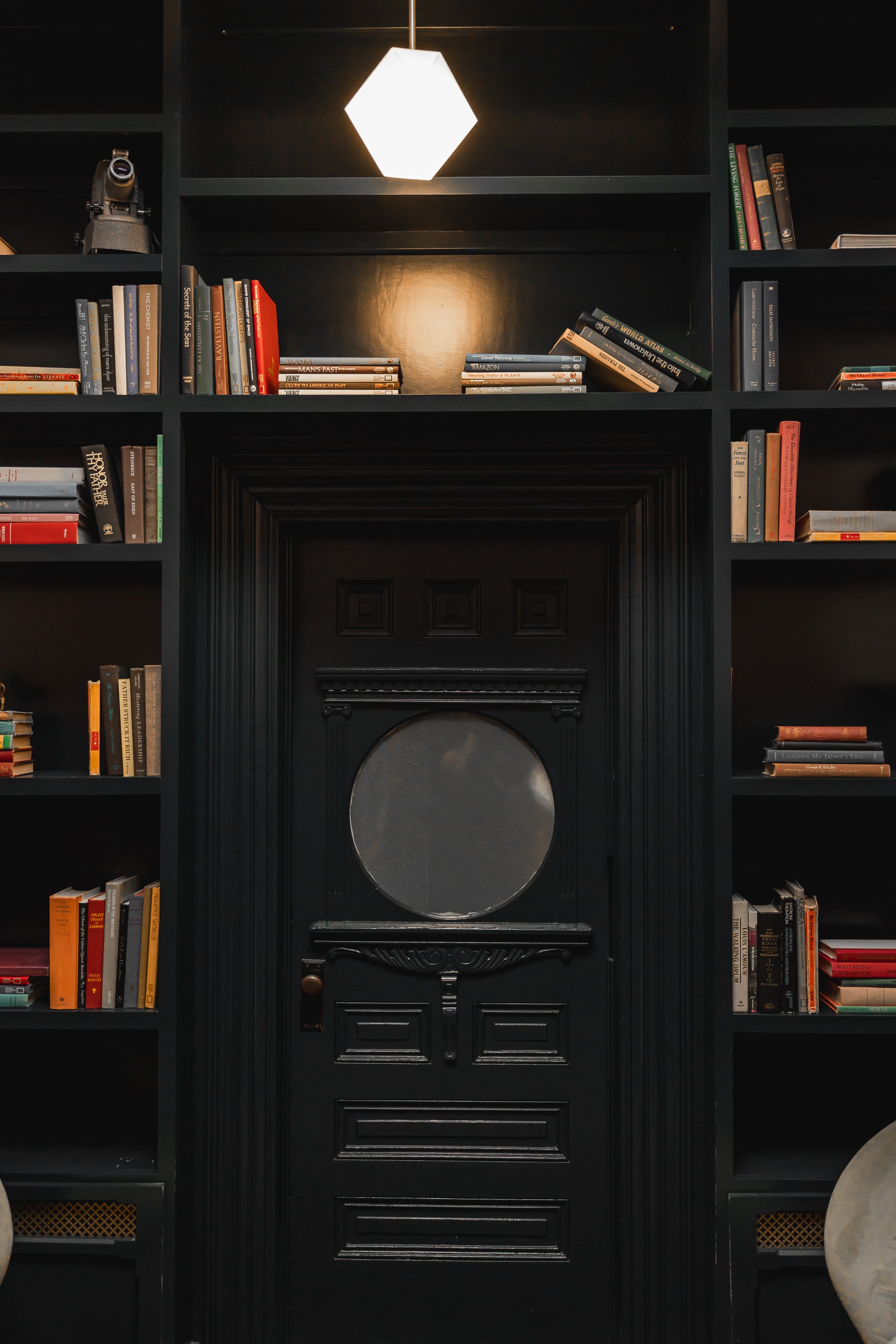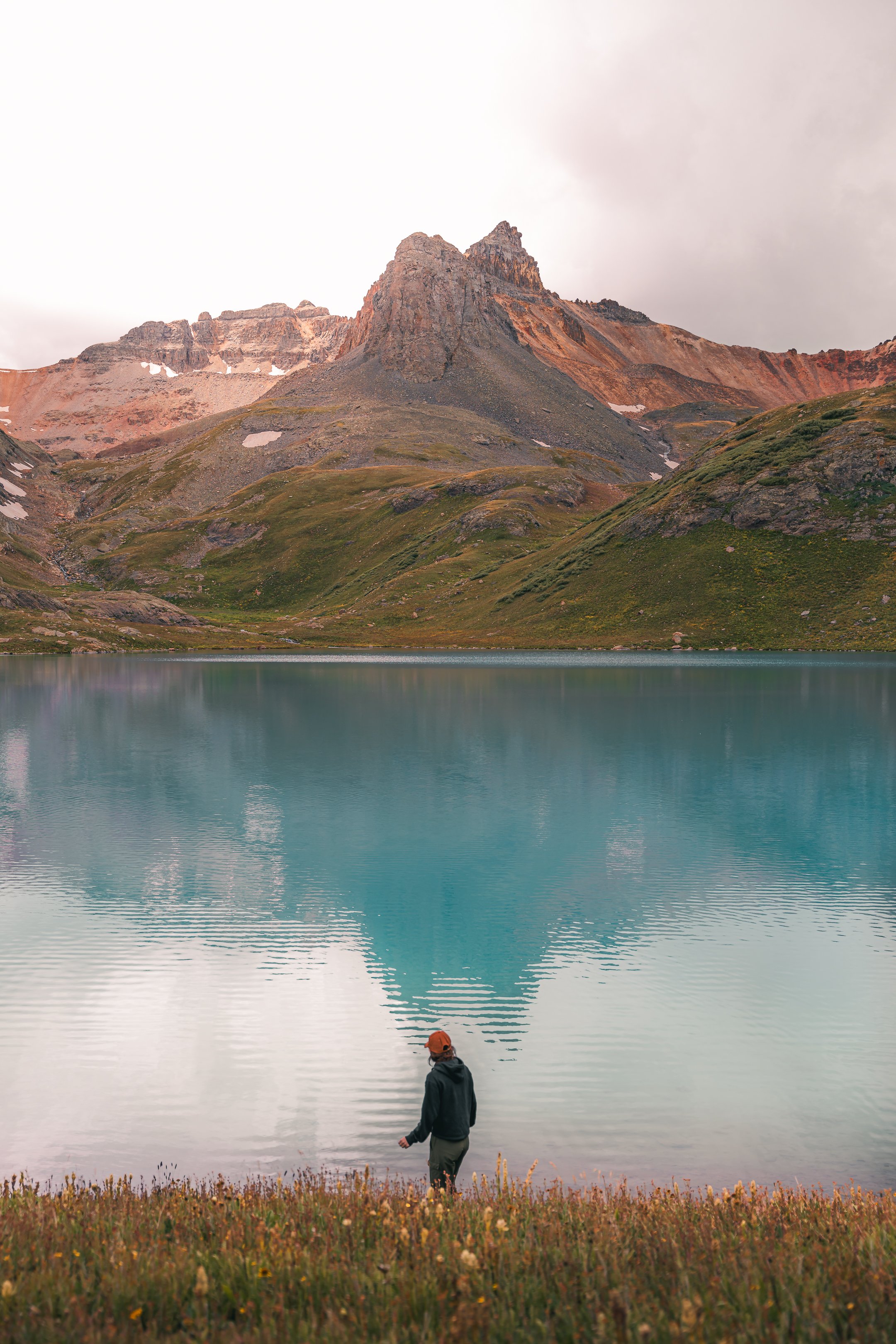Telephoto vs. Prime Camera Lenses: Choosing the Right Lens for Your Photography
In the world of photography, selecting the right lens is often as important as choosing the camera itself. Two popular types of lenses that photographers frequently debate over are telephoto and prime lenses. Each has its own set of advantages and disadvantages, making the choice a matter of personal preference and the type of photography you pursue. In this blog post, we'll explore the differences between telephoto and prime camera lenses and recommend some high-rated, affordable options for both.
Telephoto Lenses
Telephoto lenses are known for their long focal lengths, allowing you to capture distant subjects with precision. They are a favorite among wildlife, sports, and portrait photographers for their ability to isolate subjects and create beautiful background blur, commonly referred to as bokeh. Here are some key characteristics of telephoto lenses:
Versatile Zoom Range: Telephoto lenses typically have a variable focal length, often starting at around 70mm and going up to 400mm or more. This range makes them versatile for a wide range of photography styles, from wildlife to sports and even astrophotography.
Subject Isolation: The long focal length of telephoto lenses enables you to compress the perspective, making distant subjects appear closer and more prominent in the frame. This is ideal for isolating a subject from its surroundings.
Image Stabilization: Many modern telephoto lenses come with image stabilization technology to reduce the effects of camera shake, allowing for sharper images, especially at longer focal lengths.
It’s important to note that Telephoto lenses are NOT the same as zoom lenses. While generally there are many telephoto lenses that zoom in and out, there are some telephoto lenses that have ONLY one focal length. We call this a telephoto prime lens because it does not have the ability to zoom in and out.
Recommended Affordable Telephoto Lenses:
Canon EF-S 55-250mm f/4-5.6 IS STM: This lens is an excellent option for Canon APS-C camera users. It offers a good range and image stabilization at an affordable price point.
Nikon AF-S DX NIKKOR 55-300mm f/4.5-5.6G ED VR: If you're a Nikon shooter, this lens provides a similar zoom range and image stabilization for capturing distant subjects without breaking the bank.
Prime Lenses
Prime lenses have fixed focal lengths, meaning they do not zoom in or out. They are known for their exceptional image quality, wide apertures, and versatility in low-light conditions. Here are some key characteristics of prime lenses:
Wide Aperture: Prime lenses typically have wide apertures like f/1.8 or even wider, allowing for excellent low-light performance and the ability to create a shallow depth of field for stunning background blur.
Sharper Images: Prime lenses often produce sharper images with minimal distortion compared to zoom lenses. This makes them a popular choice for portrait and street photographers.
Lightweight and Compact: Prime lenses are usually smaller and lighter than their telephoto counterparts, making them more portable and convenient for everyday use.
Recommended Affordable Prime Lenses:
Canon EF 50mm f/1.8 STM: Often referred to as the "nifty fifty," this lens is a fantastic choice for Canon photographers looking to experiment with wide apertures at an affordable price.
Nikon AF-S NIKKOR 35mm f/1.8G: Nikon users can enjoy the versatility of a 35mm prime lens with a wide aperture for excellent low-light performance and creative photography.
Conclusion
Choosing between telephoto and prime lenses ultimately depends on your photography style and preferences. Telephoto lenses excel in capturing distant subjects and creating striking subject isolation, while prime lenses are renowned for their sharpness, wide apertures, and versatility in low-light conditions.
When shopping for affordable lenses, consider your camera brand and specific needs. Both Canon and Nikon offer excellent options to suit different budgets and styles of photography. Before making a purchase, it's a good idea to read reviews, test the lenses if possible, and think about how each lens will fit into your photography kit. With the right lens, you can take your photography to the next level, capturing stunning images that reflect your unique vision.
related posts
But Wait There’s More
Thanks for hanging out! Hopefully, the read was enjoyable and full of cool tips. Got questions or want to share some thoughts? Drop a comment below. Don’t forget to subscribe to the newsletter for the latest updates and exclusive content. For those seeking a professional travel photographer or creative services, connect and follow on social media to stay inspired and see the latest work.
Keep Creating! 📸


















Looking for the perfect travel tripod? Our top recommendation is ideal for any photographer, offering stability, lightweight design, and ease of use. Enhance your photography with this reliable and versatile tripod, perfect for capturing stunning shots on the go.